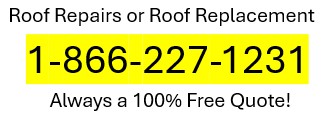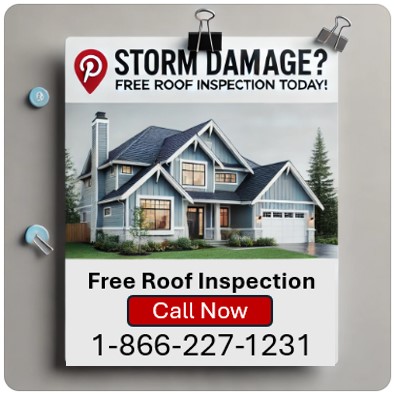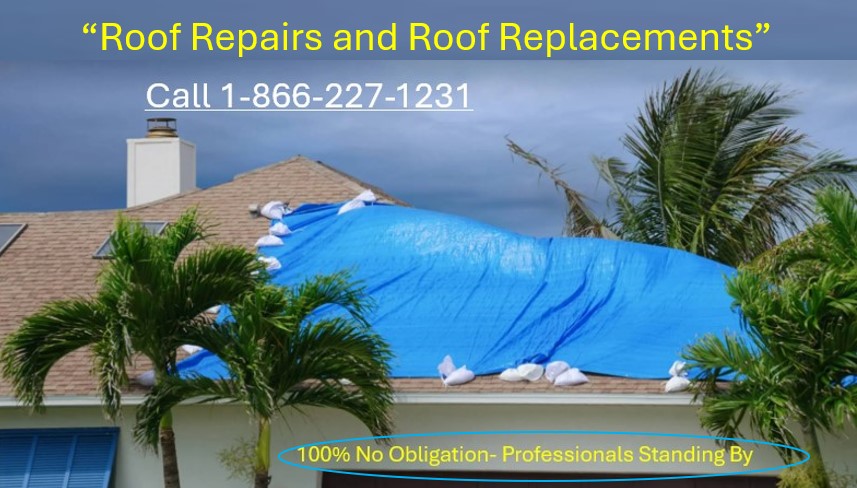Your roof is your home's first line of defense against the elements, but it won't last forever. Understanding when repairs are sufficient and when a complete replacement is necessary can save you thousands in preventable damage. This guide outlines the critical warning signs that indicate it's time for a new roof and provides essential information about the replacement process.
1. Your Roof Has Reached Its Lifespan Limit
Every roofing material has an expected lifespan:
- Asphalt shingles: 20-25 years
- Wood shingles: 25-30 years
- Metal roofing: 40-70 years
- Clay/concrete tiles: 50+ years
- Slate: 75-100+ years
If your roof is approaching or has exceeded these timeframes, it's wise to consider replacement even if visible problems aren't yet apparent. Modern roofing materials offer improved durability, energy efficiency, and aesthetics compared to products installed decades ago.

2. Widespread Shingle Damage
While isolated shingle issues can be repaired, certain patterns indicate system-wide failure:
- Curling or buckling shingles: Indicates advanced age and weathering
- Cracked shingles: Often results from wind damage and thermal cycling
- Missing shingles: Creates vulnerable points for water entry
- Bald spots: Areas where granules have completely worn away, leaving the asphalt exposed
- Excessive granules in gutters: Normal during installation but concerning for older roofs
When 30% or more of your shingles show these signs, replacement is typically more cost-effective than repeated repairs.
3. Sagging Roof Deck
A roof that appears wavy, drooping, or depressed indicates serious structural problems that require immediate attention. Sagging can result from:
- Long-term water damage to decking materials
- Inadequate structural support
- Excessive weight (multiple layers of shingles or snow load)
- Rotting roof boards or damaged truss components
This symptom is never a candidate for spot repairs and always warrants complete replacement, often including structural work beneath the roofing materials.
4. Interior Water Damage
Evidence of moisture inside your home frequently points to roof system failure:
- Attic leaks: Water stains, active dripping, or dampness in attic spaces
- Ceiling stains: Discoloration, especially in top-floor ceilings
- Mold or mildew growth: Particularly along exterior walls or ceiling junctions
- Peeling paint: Often near rooflines or on ceiling surfaces
- Unexplained increases in energy bills: Can indicate wet insulation has lost effectiveness
While isolated leaks might be repairable, widespread interior water damage typically indicates comprehensive roof failure requiring complete replacement.

5. Excessive Previous Repairs
If your roof resembles a patchwork quilt of repairs, it's generally time for replacement. Consider:
- Number of previous repair attempts
- Frequency of new leaks despite repairs
- Cost of ongoing maintenance versus replacement
- Diminishing returns on repair investments
Many roofing experts recommend replacement when repair areas exceed 25% of the total roof surface or when you're experiencing the third or fourth repair in a five-year period.
Understanding the Roof Replacement Process
When replacement becomes necessary, knowing what to expect helps you make informed decisions:
Assessment and Estimation
A reputable roofing contractor will:
- Inspect both exterior and interior roof components
- Measure and calculate materials needed
- Discuss material options and warranties
- Provide a detailed written estimate
- Explain timeline and process
Material Selection Factors
Consider these elements when choosing new roofing:
- Local climate considerations
- Home architectural style
- HOA or historical restrictions
- Energy efficiency goals
- Budget constraints
- Warranty coverage
The Replacement Procedure
A standard replacement includes:
- Removal of existing roofing materials
- Inspection and repair of decking
- Installation of water barriers and underlayment
- Application of new roofing materials
- Installation of flashing and ventilation components
- Final inspection and cleanup

Investment Considerations
A new roof is a major investment with significant returns:
- Average cost range: $5,000-$25,000 depending on size, materials, and complexity
- Return on investment: 60-70% of cost typically recovered in home value
- Energy savings: Up to 15% on heating/cooling with modern materials
- Insurance benefits: Potential premium reductions with qualified materials
Making the Decision: Repair vs. Replace
If you're still uncertain whether repair or replacement is appropriate, consider:
- Age of current roof relative to expected lifespan
- Extent and distribution of damage
- Plans to sell your home in the near future
- Budget availability and financing options
- Opportunity to upgrade efficiency or appearance
Most roofing professionals offer free inspections and can provide objective assessments of your roof's condition and recommended course of action.

A roof replacement represents a significant but necessary investment in your home's integrity, value, and appearance.
By recognizing the warning signs early and working with qualified professionals, you can ensure this critical project proceeds smoothly and provides decades of protection for your home.

